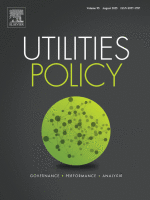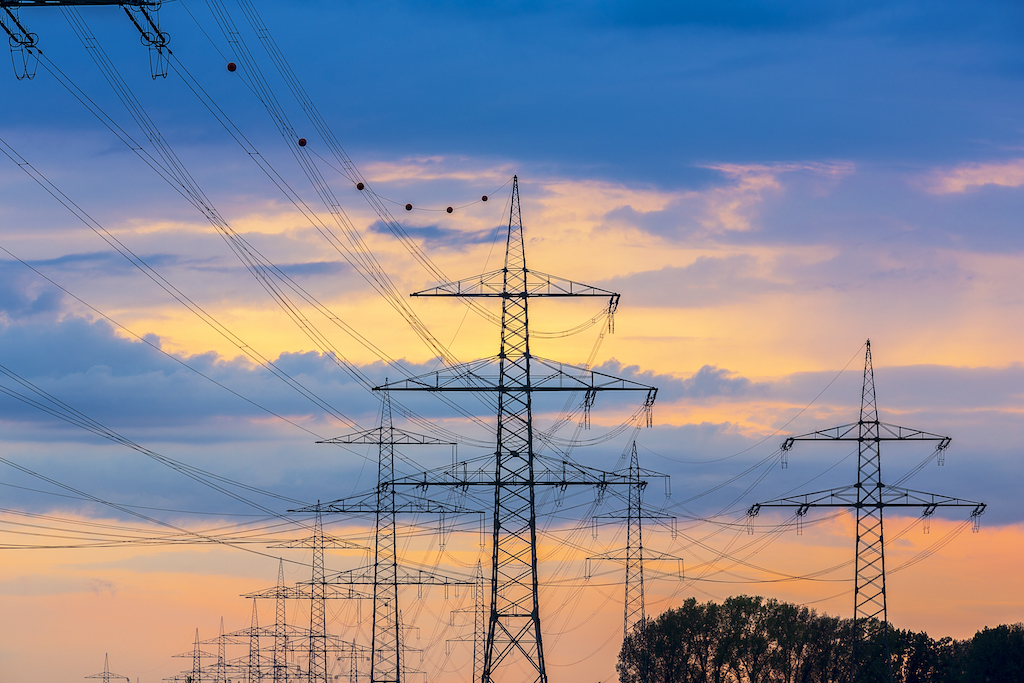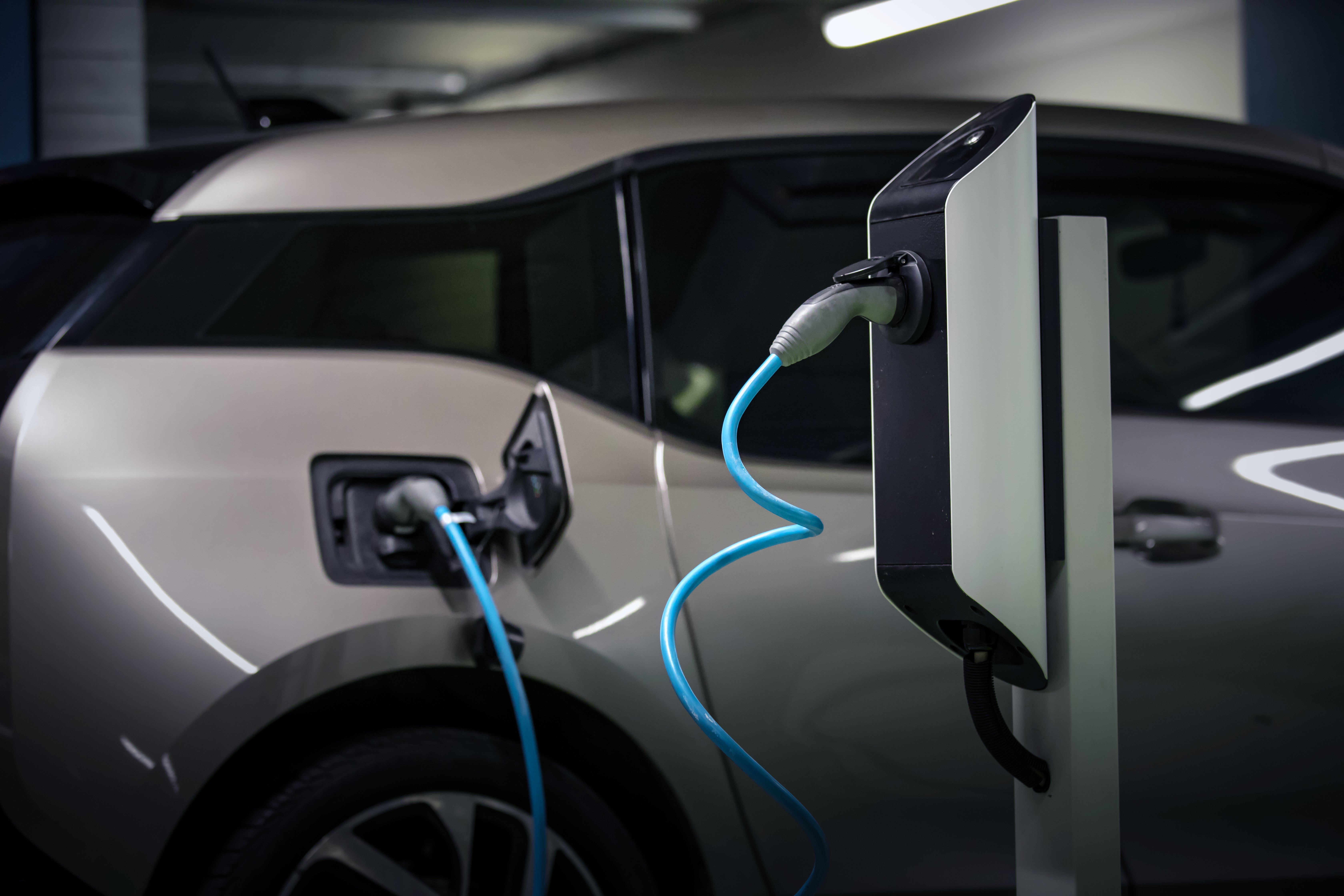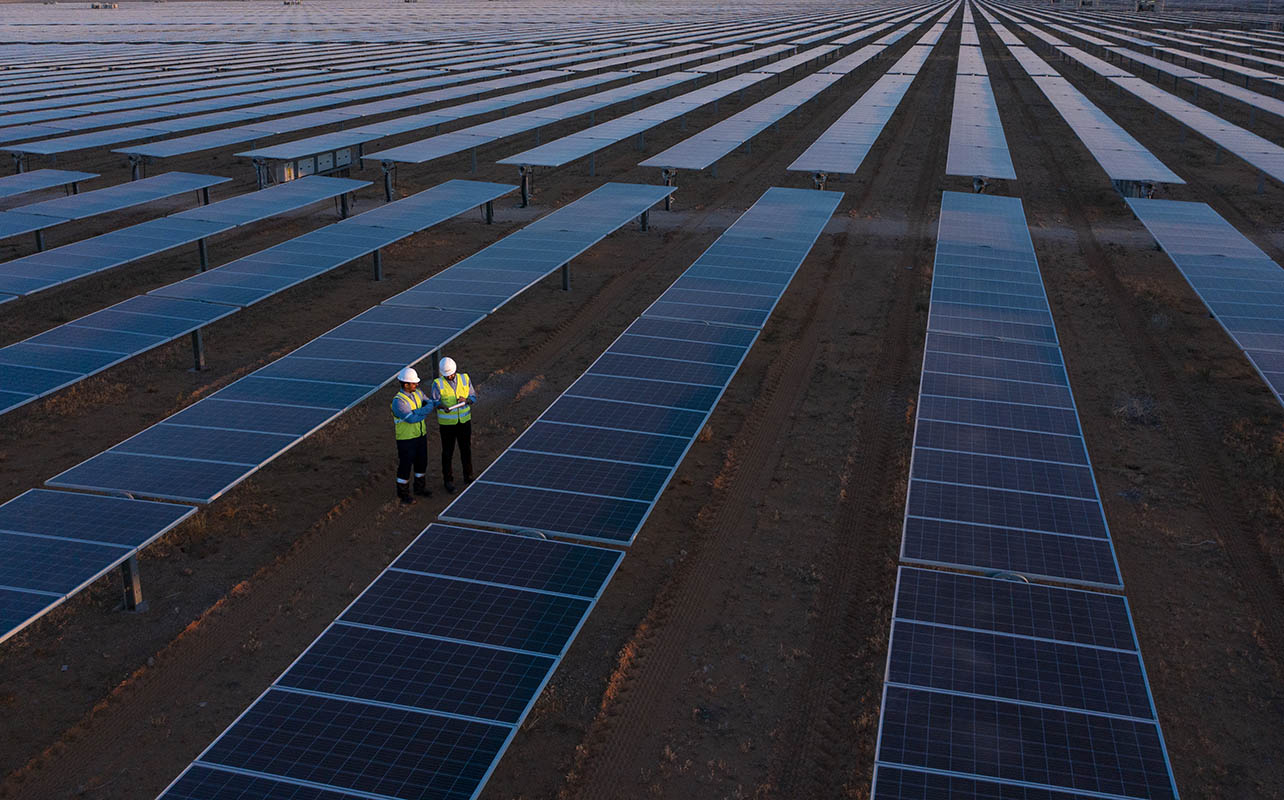

Primary Program

About
Amro Elshurafa is the Executive Director of the Utilities and Renewables Program at KAPSARC, with over 20 years of experience in renewable energy policy, electricity market design, and power systems modeling. He has led several national power modeling initiatives at both the utility and distributed scales. Credited with more than 60 publications and patents, parts of his research have been adopted by organizations such as BP in their Statistical Review. Recognized among the top 2% of scientists globally by Stanford University, he holds a Ph.D. in engineering and an MBA in finance. Amro serves on the executive committee of the World Utilities Congress and is also a board member of the Saudi Electricity Regulatory Authority.
Publications

28 August 2025
AI-Based Dynamic Line Rating for Enhancing Renewables-Gas Complementarity in the Power SectorAs renewable energy (RE) grows, efficient grid integration is vital to reduce curtailment and defer costly infrastructure upgrades. Among available options, dynamic line rating (DLR) offers a low-cost, data-driven solution that enhances transmission line capacity based on real-time we...

13 July 2025
Is the Single-Buyer Model a Barrier to Clean Energy Deployment? Empirical Evidence on Decarbonization and Renewable Energy Supply in 63 Developing CountriesThis paper compares renewable energy share in generation and carbon emission intensity of the Single-Buyer Model (SBM) and the Competitive Wholesale Electricity Market (WEM) in 63 emerging and developing countries. Using propensity score matching and panel data analysis, we analyze ho...
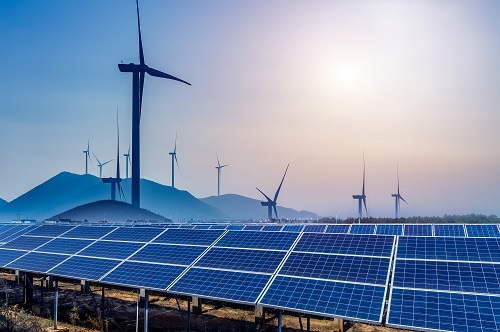
25 June 2025
Positioning Saudi Arabia’s Biogas Power Sector on the Global Stage: A Comparative Economic and Environmental AnalysisSaudi Arabia is advancing a comprehensive framework to reduce greenhouse gas emissions through a range of strategies, including the displacement of liquid fuels, the implementation of energy efficiency measures, and the deployment of renewable energy technologies. To complement these...

17 June 2025
The Impact of Variable Renewables on Price Dynamics Within Wholesale Electricity MarketsThe increasing integration of variable renewable energy sources introduces new complexities into electricity markets. This paper investigates their effects on price dynamics by utilizing unplanned wind power plant outages as exogenous shocks. Using data from the Turkish electricity m...

18 May 2025
The Dynamics of Variable Renewable Energy Integration: A Multi-Dimensional Framework for Future Power Systems
This paper examines the impacts of integrating a high share of variable renewable energy (VRE) on power systems and markets, proposing a multi-dimensional framework to analyze its technical, economic, and regulatory challenges. A structured literature review and topic modeling are em...

27 April 2025
Are There Adequate Materials and Land Resources for the Saudi Power Sector to Achieve Net Zero by 2060?Saudi Arabia has committed to net-zero (NZ) greenhouse gas emissions by 2060. This requires substantial emission reductions across key sectors, including the power generation sector. We assess the technological options, critical mineral requirements, renewable energy resource require...

23 January 2025
Waste-to-Hydrogen Techno-Economic Assessment and Emission Reduction Potential in Saudi ArabiaWaste-to-hydrogen (WTH) presents an enormous untapped potential to achieve climate change objectives for many countries by transitioning from high CO2 emission waste disposal techniques to producing clean fuel such as green hydrogen. Additionally, WTH can be incorporated with carbon ...
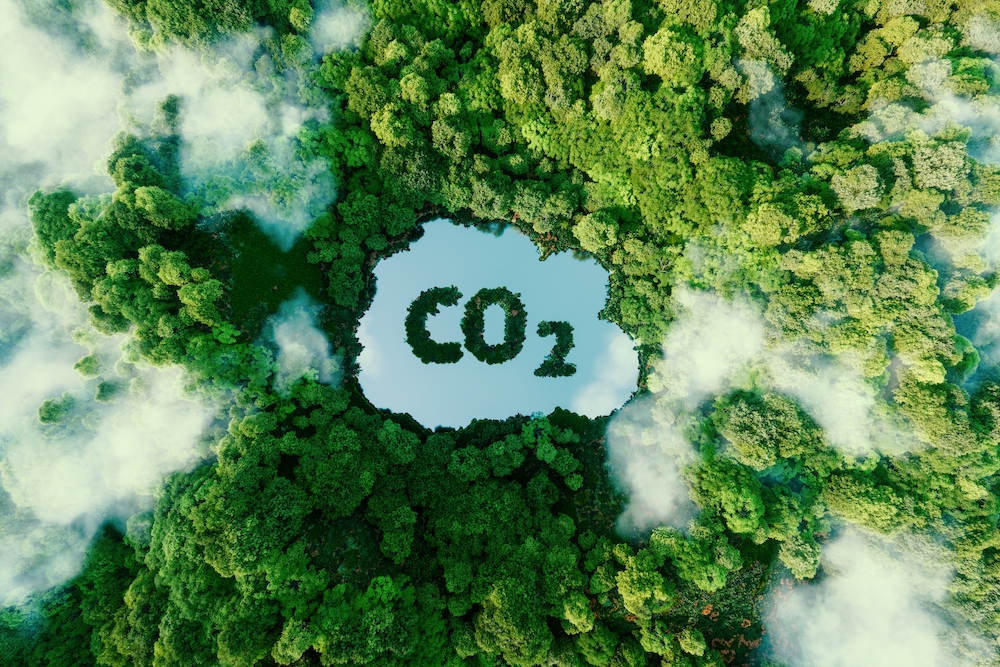
12 January 2025
Technoeconomic Assessment and Carbon Dioxide Removal Potential for the Global Pulp and Paper IndustryThe pulp and paper industry is the fourth largest industrial energy user globally and presents significant carbon removal potential as a large portion of emissions from this industry are biogenic. The decarbonization potential of this industry has been discussed in literature at coun...

18 December 2024
The Economics of Offshore Wind-Based Hydrogen Production in Saudi ArabiaOffshore hydrogen production from offshore wind energy is gaining global attention as an appealing solution for scaling up green hydrogen production. The technoeconomic feasibility of integrating offshore wind into hydrogen production has been explored in various regions, but no comp...

25 August 2024
Strategic Priorities and Cost Considerations for Decarbonizing Electricity Generation Using CCS and Nuclear EnergyThis paper investigates the economics of deploying carbon capture and storage (CCS) on gas-fired power plants while covering its entire value chain, i.e., carbon capture, transport, and storage, and conducting a thorough sensitivity scenario analysis. Our analysis shows that adopting...

07 July 2024
Framework for Leveraging the Digitalization of Power Systems within the Context of Energy TransitionThe digitalization of power systems can contribute to a smoother energy transition by, for example, maximizing the use of renewable energy (RE; i.e., minimizing curtailment), peak shaving, and relaxing grid congestion. Collectively, these and other benefits play an important role in ...

11 June 2024
How Can Bilateral Contracts Support Electricity Trade? A Regional Electricity Model Perspective for the GCC Plus Egypt, Jordan, and IraqCross-border electricity trading in the Middle East and North Africa (MENA) can provide cost and environmental benefits. However, for historical reasons, electricity trading has not reached a mature stage in this region. Based on a bespoke economic dispatch model for the 2030 horizon...

05 May 2024
Assessment of the Potential of Floating Offshore Wind Turbines in the Red Sea
Floating offshore wind turbines (FOWTs) have recently gained traction and are being installed in several regions of Europe and Asia. These turbines use the same technology as typical offshore wind turbines but are not directly anchored to the seabed. Instead, they are tethered with m...
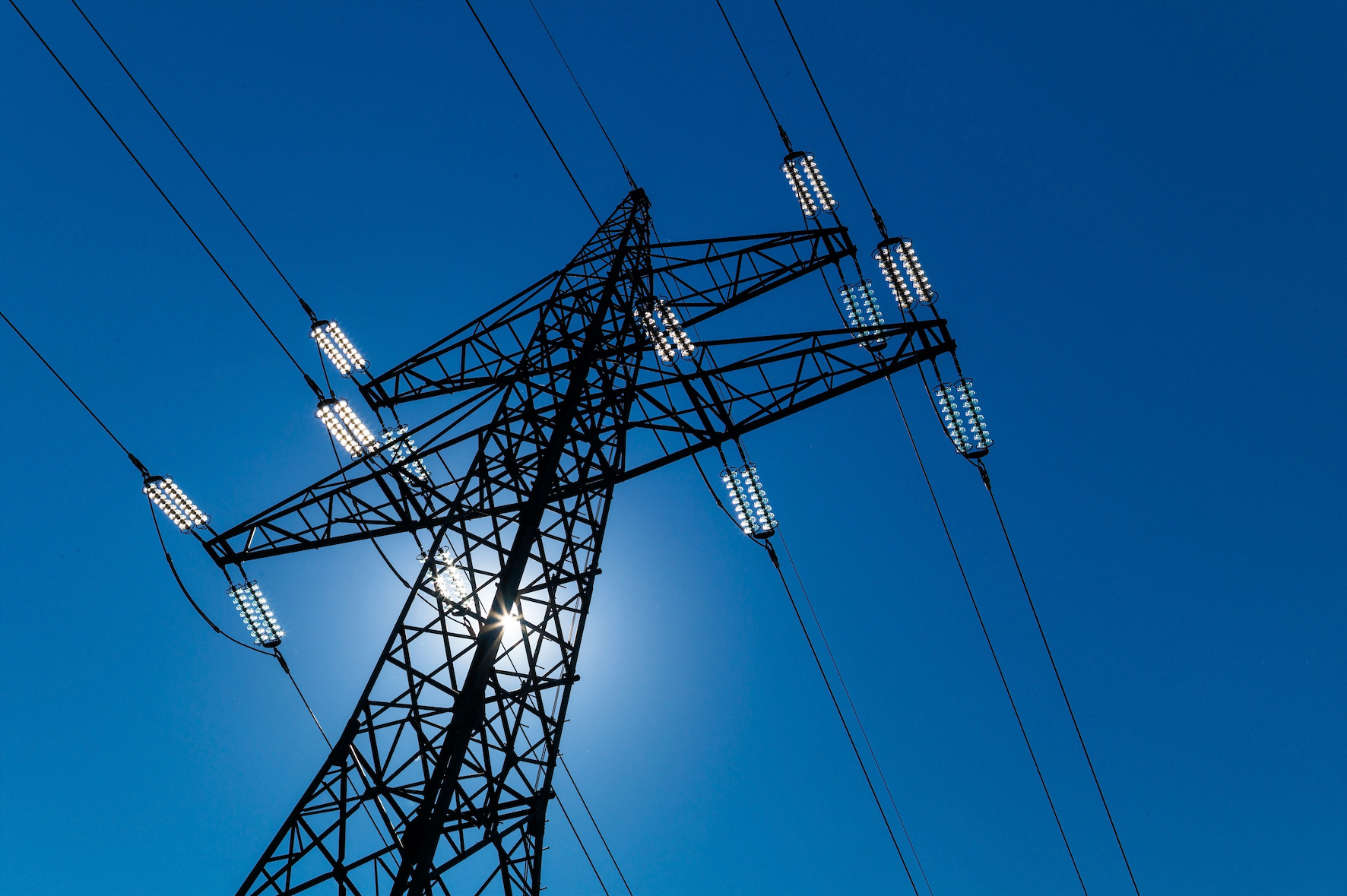
28 March 2024
Identifying Leaders in Electricity Innovation Networks Using Twitter (X): A Resource for Policymaking
The objective of this study is to map the innovation network in the electricity sector and to identify its pivotal actors to inform policymaking, particularly in Saudi Arabia. This study, which is part of a larger series, aims to identify emerging technologies, antic...
into innovation.

25 March 2024
The Cost of Green Hydrogen Production in Saudi Arabia and Germany: A Model-Based ApproachWith over seventy countries setting net-zero commitments by or around mid-century, low-carbon hydro...2) is expected to play a pivotal role in the decarbonization of the global economy, especially sectors less dependent on electricity, which are often termed as hard-to-abate industries.

17 March 2024
Finding Opportunity in Economic Dispatch: Saving Fuels Without Impacting Retail Electricity PricesFor important domestic public policy reasons, many oil- and natural-gas-producing countries allocate fuels to their electricity sector at administratively set prices that are below fuel opportunity costs. This article shows that dispatching power units based on fuel opportunity costs...

20 November 2023
Challenges and Opportunities for Sustainable Deployment of Bioenergy with Carbon Capture and Storage Pathways (BECCS) Globally) from processes that utilize bioenergy to produce heat, electricity or biofuels. However, thi...2 ($/tCO2), respectively. Other technologies, such as poplar pellets, forest residue and agricultural residue with trans-Atlantic shipments, are not able to achieve negative emissions.

24 October 2023
How Can the European Energy Crisis Reshape the Power Sector Reform Endeavors of GCC Countries?nergy prices in Europe have been soaring, and policymakers are trying to find solutions to immediately contain the energy prices for end-consumers and to enhance the market design in the longer term. This paper discusses some of the current events that are facing the power sector in ...

14 September 2023
Macroeconomic, Energy and Emission Effects of Solar PV Deployment at Utility and Distributed Scales in Saudi Arabia
This study assesses the macroeconomic, energy and emissions impacts of solar photovoltaic (PV) deployment in the Kingdom of Saudi Arabia for the period 2021–2030. This is accomplished by linking an energy and environmental sector augmented macroeconometric model with a power model a...

09 March 2023
How Firm Capacity and Forced Outage Rate Assumptions of Renewables Impact Capacity Expansion Model Results
The undergoing energy transition relies heavily on the deployment of renewables such as solar photovoltaic (PV) and wind power for the generation of electricity. These variable and intermittent resources would modify power systems’ reliability compared to the situation where electric...

29 January 2023
Cost, Footprint, and Reliability Implications of Deploying Hydrogen in Off-grid Electric Vehicle Charging Stations: A GIS-assisted Study for Riyadh, Saudi Arabia
We quantify the cost, footprint and reliability implications of using hydrogen in off-grid electric vehicle charging stations (CS) using an optimization model coupled with a geographical information system (GIS) analysis for the city of Riyadh, Saudi Arabia. We also account for the c...

24 August 2022
Cost, Emission, and Macroeconomic Implications of Diesel Displacement in the Saudi Agricultural Sector: Options and Policy InsightsThe Saudi agricultural sector relies on diesel for irrigation, which is provided to farmers at a much lower price than the average global price, implying significant opportunity costs. With the aid of soft-coupled power and macro-econometric models, we assess the cost and macroeconom...

11 April 2022
Cross-seasonal Fuel Savings from Load Shifting in the Saudi Industrial SectorLoad shifting, that is, moving demand from peak to off-peak hours, is an important type of demand response. It can reduce the overall operating costs of a power system and improve the reliability of the power grid. This study estimates the financial implications of load...

22 March 2022
Achieving Renewable Energy Targets Without Compromising the Power Sector’s ReliabilitySaudi Arabia’s Ministry of Energy has set ambitious renewable energy goals. Although the Kingdom’s current energy mix is dominated by conventional energy (>95%), it aims to draw 50% of its energy from renewable sources by 2030. Currently, the Kingdom enjoys very high solar photovo...

02 June 2021
Assessing the Role of Renewables in Reducing Emissions in the Saudi Power Sector Using Mixed-Integer OptimizationRenewable energy (RE) technologies are viewed as a critical means of reducing power sector-related emissions. Using mixed-integer optimization, we evaluate the extent to which renewable energy reduces carbon emissions in the Saudi power sector.

26 November 2020
The Value of Storage in Electricity Generation: A Qualitative and Quantitative ReviewElectricity storage technology has many useful applications in the energy sector and can complement variable renewable power generation to achieve a low-carbon future. For policymakers, utilities, and investors, effective decisions in this context requir...

09 October 2019
Electric Vehicle Deployment and Carbon Emissions in Saudi Arabia: A Power System PerspectiveA power system model for Saudi Arabia was built to quantify the carbon emission implications of deploying electric vehicles (EVs) within the Kingdom. The model represented the four operating regions in the Kingdom as segmented by the electricity regulator.

01 October 2019
The Potential of Distributed Solar PV Capacity in Riyadh: A GIS-Assisted StudyRooftop solar photovoltaic (PV) systems, commonly referred to as distributed generation (DG) solar systems, can play a central role in the energy mix for sustainable cities. As with all forms of power generation, DG carries technical, financial, policy, and market implications that i...

28 August 2019
Techno-Economics of Solar PV on Mosque Rooftops: Results from a Pilot Study in Saudi ArabiaThere are an estimated 3.5 million mosques worldwide. The relatively large surface area of most mosque rooftops and their ubiquity in the Muslim world make them excellent candidates for solar photovoltaic (PV) installations. Muslims congregate for prayers at mosques five times ...

15 June 2017
Estimating the Learning Curve of Solar PV Balance-of-Systems for Over 20 CountriesThe capital cost of a solar photovoltaic (PV) system comprises the module and balance-of-systems (BOS). The latter refers to everything else that is needed to make the solar system functional including cables, mounts, labor, etc. While modules are priced internationally, the BOS is c...

08 March 2017
Reporting LCOE for Solar PV: Apples to Apples ComparisonsSolar energy is expected to be an integral technology in the creation of a low-carbon future. Hence, as photovoltaics (PV) installations continue to grow at an exponential rate, a better understanding of the generation costs of this relatively young industry is necessary in order to ...

28 November 2016
Adding Photovoltaics to the Saudi Power System: What are the Costs of Intermittency?Intermittent generation from wind or photovoltaics (PV) imposes a cost on the power systems in which they are deployed. These costs vary regionally due to different fuel costs and ramping flexibility of existing grid capacities. With 2015 as a reference year, we examine the costs of ...

06 October 2014
Changing Competitive Landscape: Transition Policy’s Blind SpotsFor the past two to three decades, and particularly in the wake of the Great Recession, clean energy transitions have been sold as a three-for-the-price-ofone policy: creating “green collar” jobs to get the unemployed back to work, using domestic resources to reduce dependence on imp...


